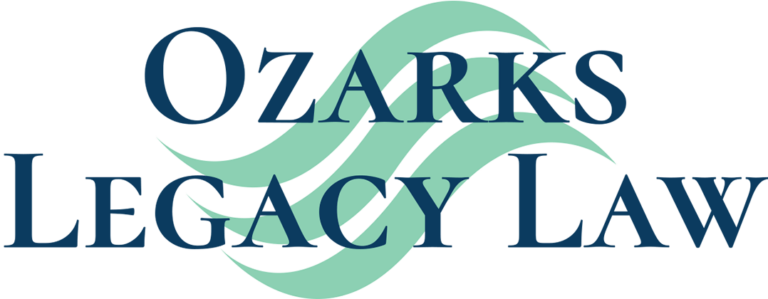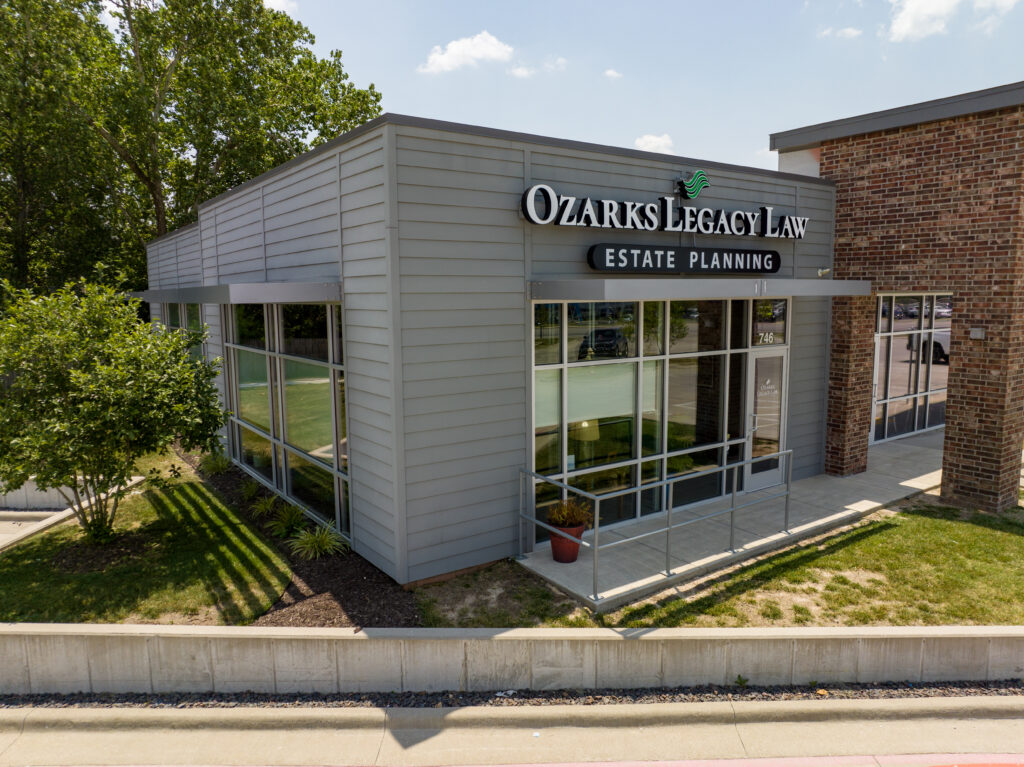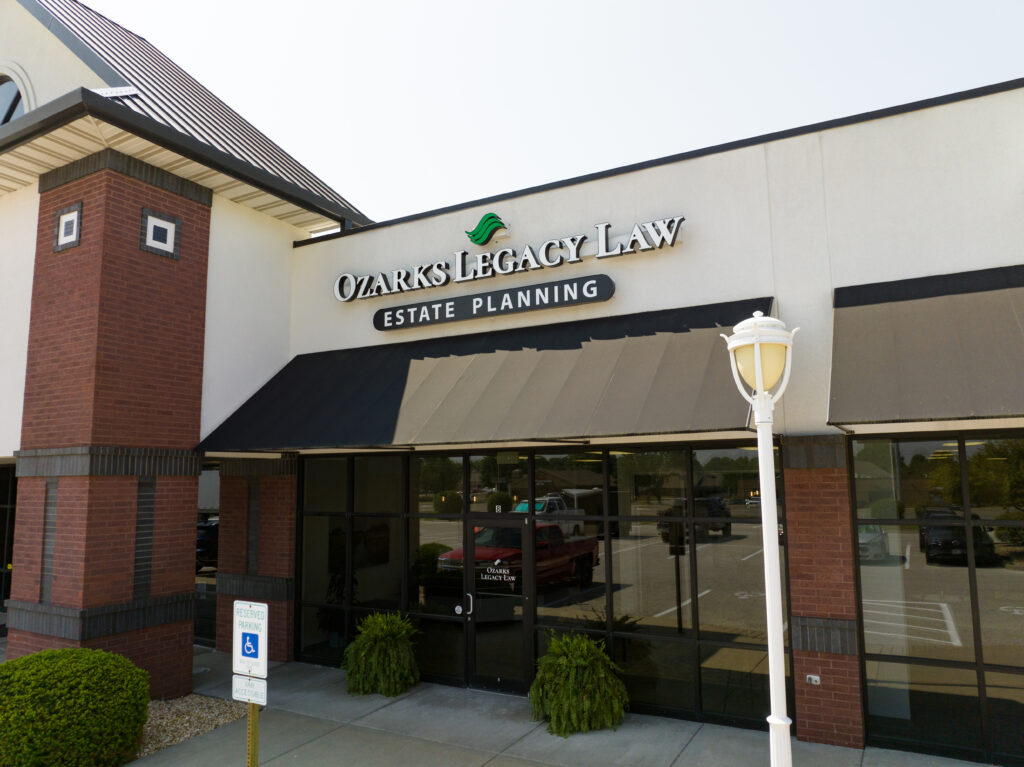For anyone who thinks that their will or trust can be used to distribute assets in a 401(k) after they pass, think again. The beneficiaries listed in a 401(k), insurance policy or any account with the option to name a beneficiary supersede whatever directions are placed in a will or a trust. If you’re not careful, warns the article “What You Should Know About 401(k) Beneficiaries” from The Motley Fool, your assets could end up in the wrong hands.
Here are some basics about beneficiaries that you need to know. And get an attorney’s advise.
After you die, your estate goes through probate, which can be a costly and lengthy process. However, assets like 401(k) plans that have named beneficiaries are typically passed to heirs outside of probate. The asset goes directly to the beneficiary.
When you opened a 401(k), you were almost certainly directed to name a beneficiary in the paperwork used to establish the account. That person is usually a spouse, child or a domestic partner. The beneficiary is sometimes a trust (a legal entity that manages assets for the benefit of beneficiaries).
If no beneficiary was named and you were married when you established the account, most 401(k) plans designate your spouse as the default beneficiary. The surviving spouse is allowed to treat the account as if it is their own when they inherit it—they can delay withdrawing money until they are 72, when the IRS requires withdrawals to begin. The surviving spouse uses their own life expectancy, when calculating future withdrawals.
If someone other than a spouse was listed as the beneficiary, the assets are to be transferred into an inherited 401(k) and the amounts received are based on the percentage listed on the beneficiary designation form. Most plans give the beneficiaries the option to roll over an inherited 401(k) into an inherited IRA. This gives the account owners greater control over what they can do with their inheritance.
Once you have named a beneficiary on these accounts, it’s wise to list contingent beneficiaries, who will inherit the accounts, if the primary beneficiary is deceased. For most families, the children are the contingent beneficiaries and the spouse is the primary beneficiary.
The list of mistakes made when naming beneficiaries is a long one, but here are a few:
- Setting up a trust to keep IRA or 401(k) assets from going to a minor or to protect services for a special needs child, then failing to list the trust as a beneficiary.
- Not naming anyone as a beneficiary on an IRA or 401(k) plan.
- Neglecting to check beneficiary names every few years or after big life changes.
If you set up a trust for your beneficiaries, you must list the trust as the beneficiary. If you don’t specifically list the trust, the account will pass to any person listed as a beneficiary, or the accounts will go through probate.
If you have had more than a few jobs and have more than a few 401(k) accounts, it can be challenging to track the accounts and the beneficiaries. Consolidating the accounts into one 401(k) account makes it easier for you and for your heirs.
If you do list a trust as a beneficiary, talk with your estate planning attorney about how to do this correctly. The trust’s language must take into consideration how taxes will be handled. This could have big costs for your heirs.
Reference: The Motley Fool (Aug. 24, 2020) “What You Should Know About 401(k) Beneficiaries”
Suggested Key Terms: Beneficiaries, Trust, 401(k), Will, Inherited, Contingency, Estate Planning Attorney, Probate, Required Distributions





